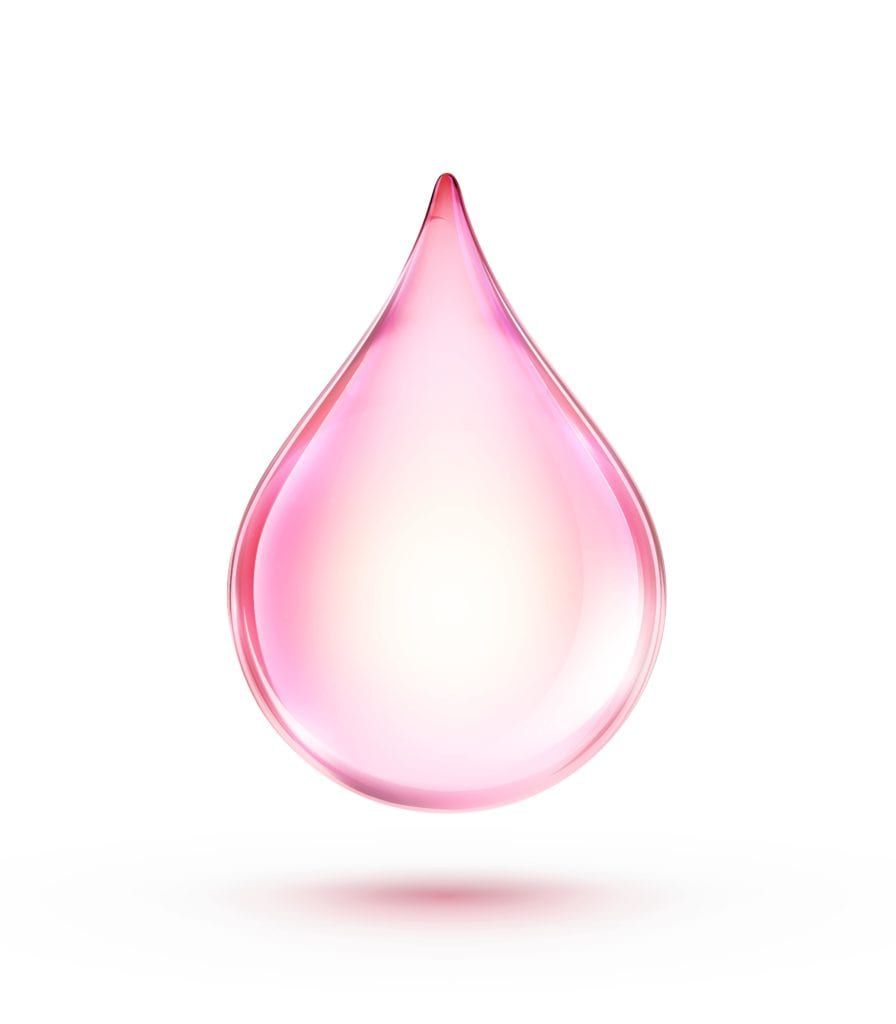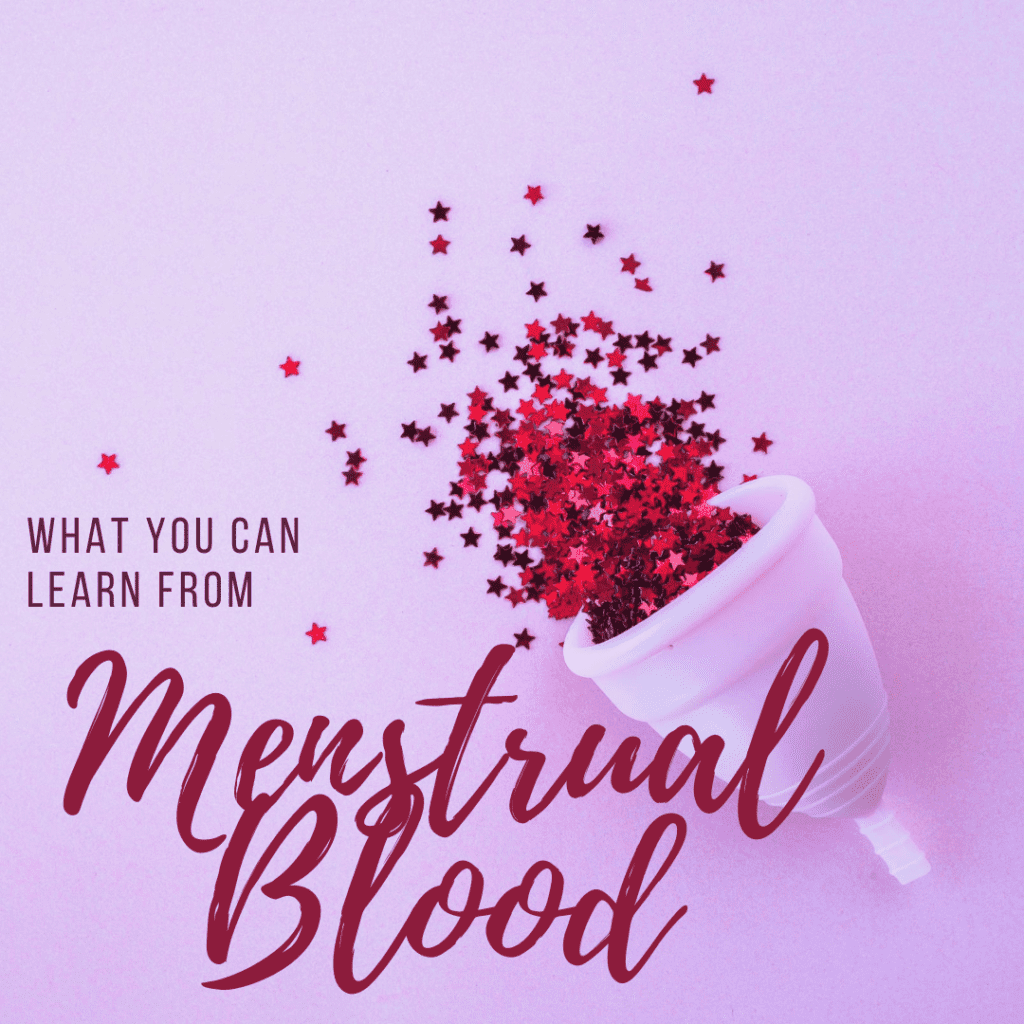Did you know that you can evaluate your hormone levels by the color of your period blood? Although menstrual blood is a bit of a taboo, taking some time to evaluate the color, consistency, and texture of your flow can provide valuable information about your hormones and your overall health. In fact, the things that can be learned from your menstrual blood has convinced the American College of Obstetricians and Gynecologists that menstruation should be used as a vital sign in some cases. At this point you are probably wondering what your flow is trying to tell you. Let’s take a look at how to interpret your period blood:

Bright Red
Period bleeding that is bright red in color (think cranberry), medium in viscosity (like jello that hasn’t set), and that occurs every 28-30 days for about 5-7 days is considered to be a healthy, normal period. Bright red blood also indicates that there is a steady flow of fresh blood. During a normal period, you can expect that the color of your blood will darken slightly as you come to the end of your period. However, it is also normal if your blood maintains a bright red color throughout your entire period. Although bright red is considered to be a normal color for period blood, bright red bleeding between periods, during pregnancy, or that is exceptionally heavy should be evaluated by your gynecologist.
Brown
Period bleeding that is brown, thin or streaky, and that has a varying length and frequency can indicate low progesterone levels or possible issues with regular ovulation. This is because brown blood is old oxidized blood that is left over from your previous cycle. However, brown or dark red period blood can also occur at the beginning or end of a period, and may not necessarily be cause for concern. Brown period bleeding can also occur 4-6 weeks after delivering a baby and is known as lochia.
Dark Purple/Blue
Period bleeding that is dark purple or blue in color, thick with clots, and that lasts longer than a week indicates high estrogen levels. In fact, high estrogen levels often cause symptoms associated with endometriosis, cysts, or fibroids. Unfortunately, having high estrogen levels for a long time can cause these conditions, as well as other medical conditions that affect your overall health.

Pink
Period bleeding that is pink, too light to determine consistency, and that only lasts for 3 days or less can indicate low estrogen levels. Low estrogen can be the result of hormonal birth control, significant weight loss, a vitamin or mineral deficiency, or anemia. Pink spotting can also occur when blood mixes with cervical fluid during ovulation, during implantation, or when there are tiny tears in the vagina during sexual intercourse.
Orange
Period bleeding that is orange in color and accompanied by vaginal itching, discomfort, and foul-smelling, gray discharge can indicate an infection. In some cases, orange blood is also the result of blood mixing with cervical fluid or implantation spotting. To determine the exact cause of orange blood, a visit to the gynecologist is recommended, especially if gray discharge is present.

Dr. Geoffrey Zann is a Certified Robotic Da Vinci Surgeon, Board-certified by the American College of Obstetricians and Gynecologists, and a Diplomat of the American Board Obstetrics of Gynecology. He has been a member of the American Society for Colposcopy and Cervical Pathology, American Association of Gynecologic Laparoscopists, and the Hugh R. K. Barber Obstetric and Gynecologic Society.
